Asher Mains
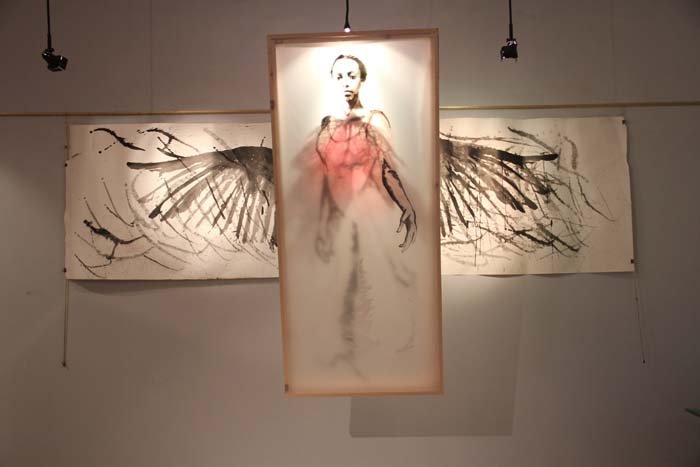
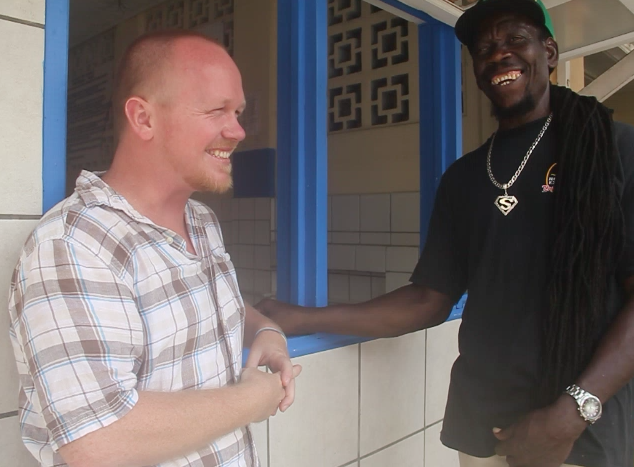
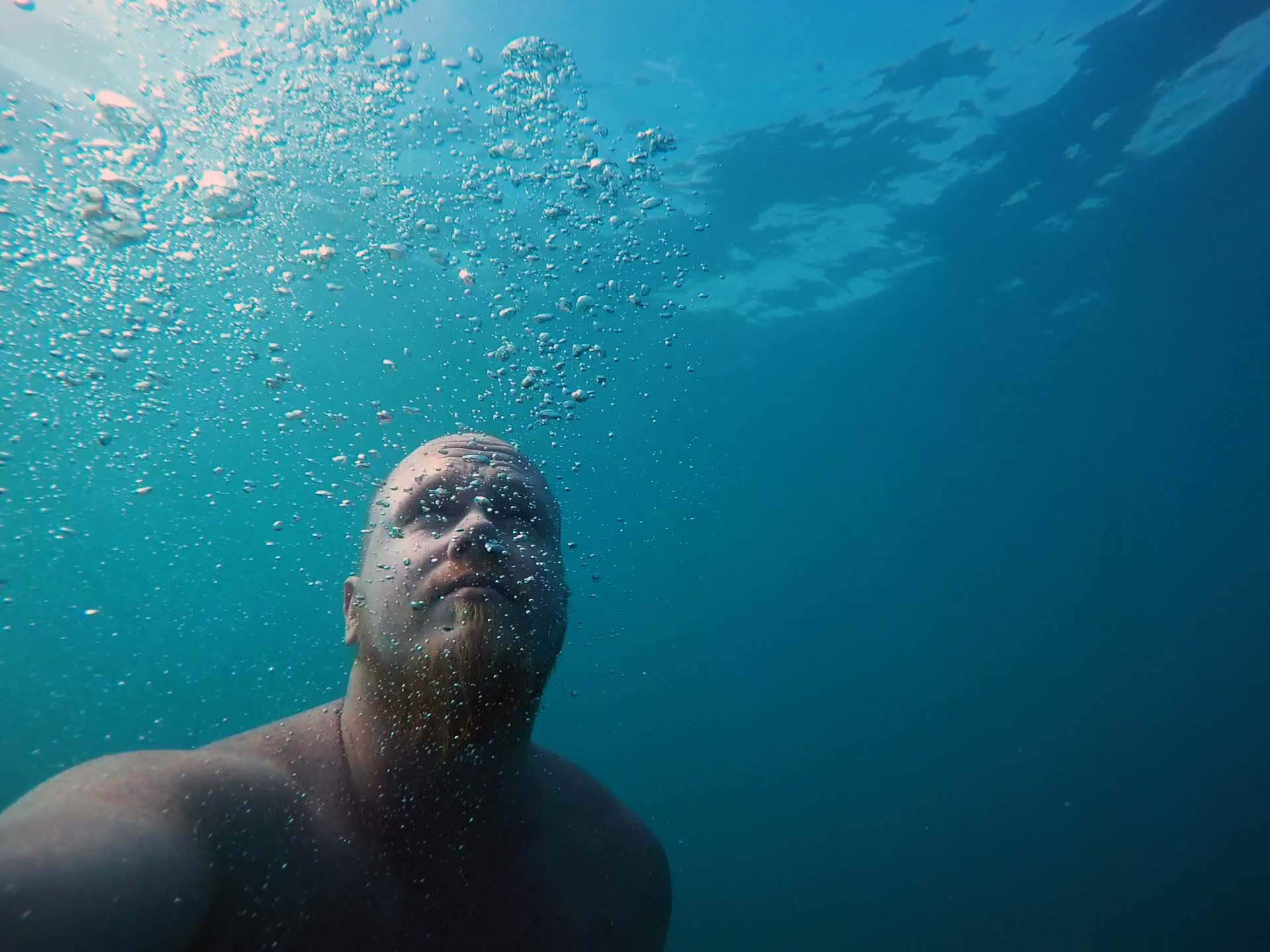
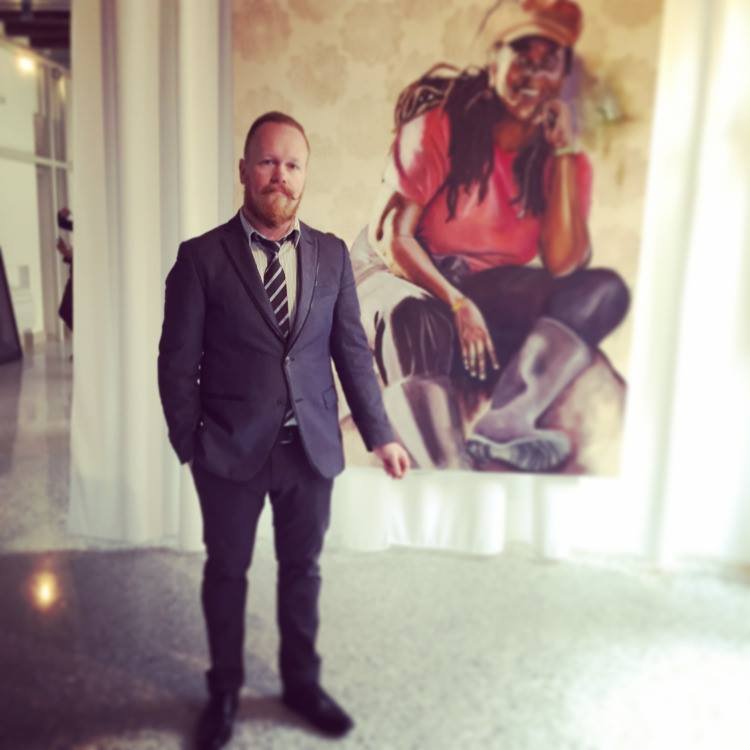
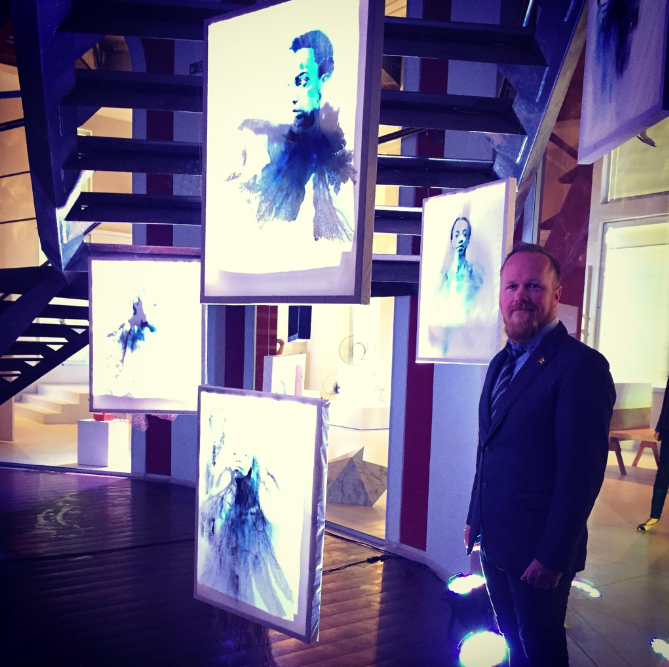
Primarily a representational painter, Mains uses art objects to initiate dialogue and experiences. In the next year, Mains will be working on a material exploration for art making involving materials that can be sourced entirely within Grenada, reducing the dependence on the importing of cost-restrictive art media.
This exploration heavily references the arte povera movement mid-twentieth century. To have a more effective conversation about the development of art in Grenada, Mains believes that the material we use to make the art says as much as the content. Mains has a B.A. in Intercultural Studies from Calvin College and is currently an MFA candidate in Creative Practice from Transart Institute, accredited by Plymouth University, UK.
With his appearance with Grenada’s first Official National Pavilion at the 2015 Venice Biennale, Asher Mains is an emerging voice in the Southern Caribbean that is worth noting. Having shown work in his home country of Grenada over the past 20 years, Mains has also shown in New York, Berlin, Barbados, Shanghai, and Rio de Janeiro. Brené Brown says that, “To become fully human means learning to turn my gratitude for being alive into some concrete common good.” This sentiment was at the heart of the Painted Portraits for Cocoa Farmers Project.
Spending time on and giving painted portraits to the farmers was a way of connecting with them by giving them something in return for the work that they have already done in producing cocoa and chocolate. Subverting the traditional model of portraiture and patronage meant exploring generosity and exchange in art. It had also lead to exploring vulnerability, intimacy and human exchanges beyond market transactions.
Current Art and/or research interest:
As an artist, I believe that your work should reflect that you are working from a certain place, in a certain time in history and amongst certain people. This is at the heart of my current project which is about exploring my visual practice using locally sourced materials and as much as possible, rejecting "first-world" art materials. This material exploration hopefully can lead to a sort of visual identity in art-making where I would hope that my work looks profoundly different from someone who is in a profoundly different environment.
More about the artist: HERE
